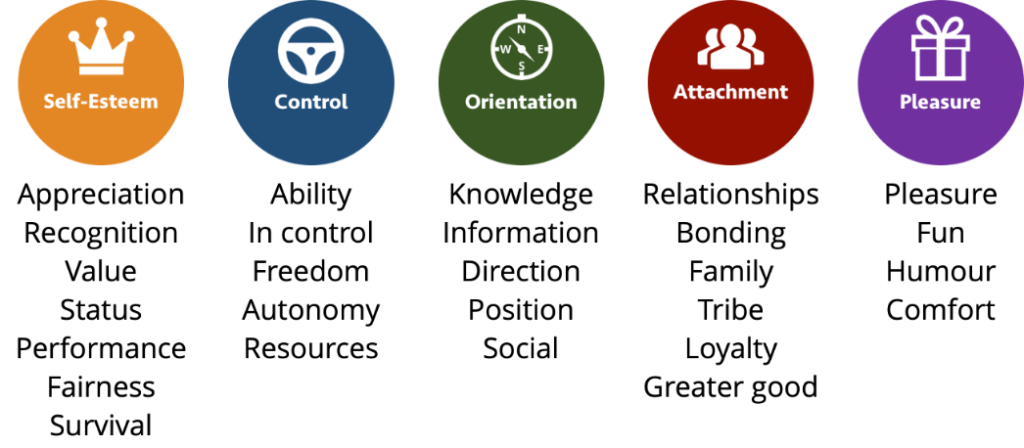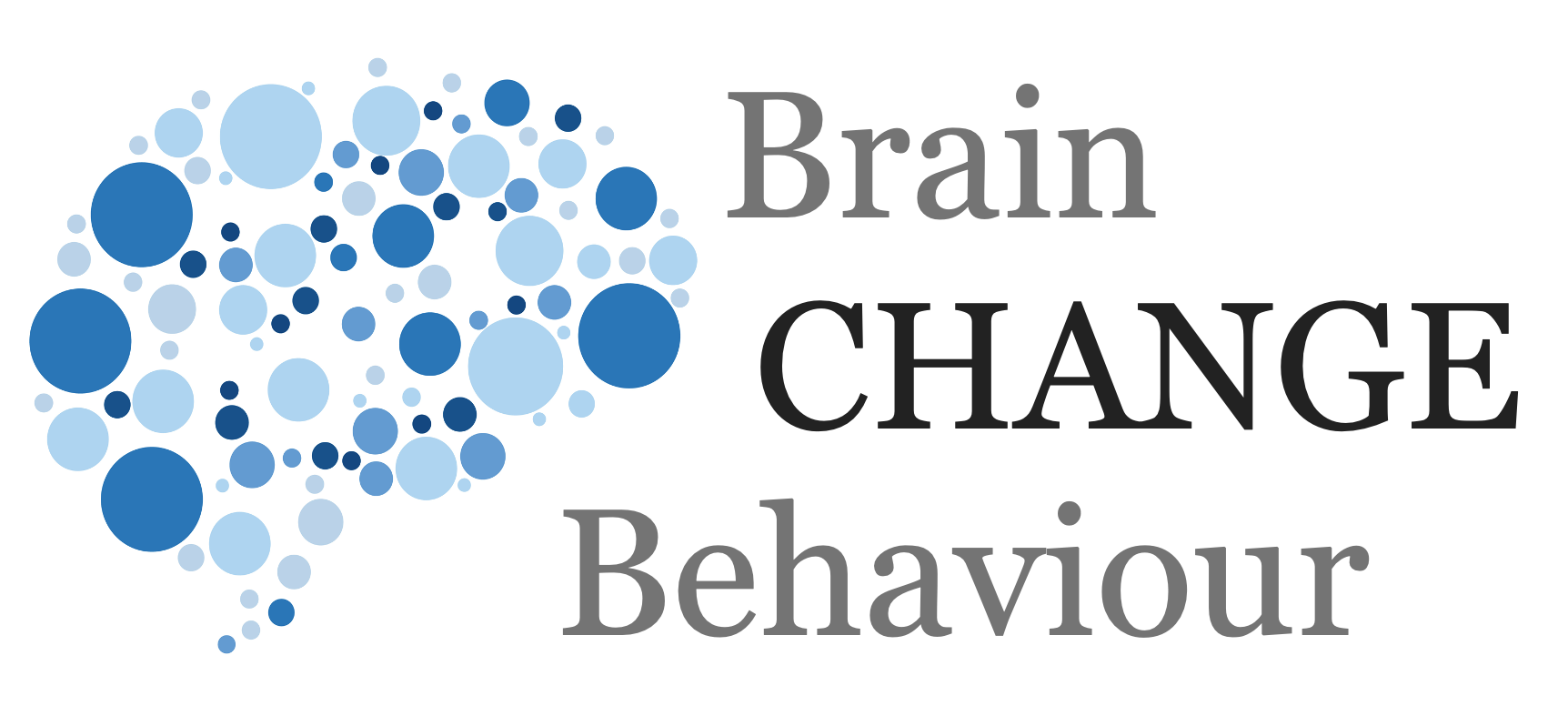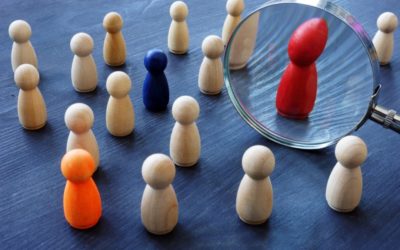Article
SCOAP Framework
See also: SCOAP Introduction SCOAP Needs SCOAP Motivation SCOAP Behaviour SCOAP Change

SCOAP is a complete model of human motivation, behaviour, and wellbeing, summarising over a century of research into the human brain, human psychology, and human behaviour in all contexts. For an in-depth review and the scientific rationale you will need to spend a bit of time (quite a bit of time) reading the academic review here.
SCOAP is an acronym for:
-
- Self-Esteem
- Control
- Orientation
- Attachment
- Pleasure
Each of these can be considered a basic human need and has a large and diverse body of research supporting this but our interest is in how these contribute to motivation and hence human behaviour. Note that each need has multiple dimensions.

The various dimensions of the SCOAP needs.
In the SCOAP framework various motivational theories are consolidated to state that human motivation is the internal drive to fulfill or protect various SCOAP needs and their dimensions. Behaviours are actions that are habitual or planned to enable survival and fulfill SCOAP needs and their dimensions.
At this stage, level 2, I will avoid going into the academic ins and outs of behaviour and motivation, of which there is enough to fill a library, or two, or three.
Let’s think about what this means for behaviour and motivation and therefore how to better guide behavioural change initiatives:
Motivation
-
- All human beings are motivated to fulfil / increase their SCOAP needs.
- They are also motivated to protect or avoid damage to their SCOAP needs.
- The intensity of this motivation will differ between human beings.
- The value of needs will be different between human beings (for example some people may value Self-Esteem, or dimensions of this, higher than Orientation, on average)
Behaviour
-
- All human beings will engage in actions, behaviours, that enable fulfillment of their SCOAP needs
- All human beings will engage in actions, behaviours, that protect their SCOAP needs
- Many behaviours become habitual
- Human beings have many complex behaviours
- These complex behaviours can be combinations of SCOAP needs, habits, and personality
Change
-
- Change that increases SCOAP needs will be welcomed
- Change that decreases SCOAP needs will be resisted
- Change that goes against instincts and reflexes will be hard
- Habitual behaviours are hard to change
- Targeting SCOAP gives a clear way to predict engagement with change
See also: SCOAP Introduction SCOAP Needs SCOAP Motivation SCOAP Behaviour SCOAP Change
Simple Takeaways
- Target SCOAP needs to formulate change messaging i.e. how it will increase the needs
- Analyse using SCOAP to predict where there will be resistance e.g. if change can damage a need
- For individual change, target an indivdual’s needs, for population change target SCOAP needs in general
© leading brains 2022
References
Habermacher, A., Ghadiri, A., and Peters, T. (2020). Describing the elephant: a foundational model of human needs, motivation, behaviour, and wellbeing. doi:10.31234/osf.io/dkbqa.
Habermacher, A., Ghadiri, A., and Peters, T. (2014). The case for basic human needs in coaching: A neuroscientific perspective – The SCOAP Coach Theory. Coach. Psychol. 10, 7–16.
Ghadiri, A., Habermacher, A., and Peters, T. (2012). Neuroleadership – A Journey Through The Brain for Business Leaders. Berlin: Springer.
Habermacher, A. (2016). Evolutionary Levels of Behaviour: A Framework for Leadership. in 6th International Coaching Psychology Conference. (London, United Kingdom), Oral Presentation.
Ghadiri, A. (2017). Bedürfnisse messen – Eine empirische Studie im organisationalen Kontext. Zeitschrift für Führung und Organ. 1, 18–23.
More Articles
The supply side of scaling
There are a number of problems with the supply side – being able to supply the resources and competencies to drive change.
Unintended consequences and negative spillovers
We all know that any change – well, obviously, changes something. But this also means there will be various knock-on effects
Representativeness of the Situation
“You had to be there” is an expression that says you had to be in a particular situation, in that particular vibe, to fully understand a situation.
Representativeness of the Population
When we get a good idea, we may know it is a good thing. And because we know it is a good thing we may then falsely assume – without really thinking this through – that everybody thinks this is a good thing.
False Positives – The inference problem
A false positive has become better-known to the general public during the pandemic and with COVID-19 testing particularly with home based quick tests.





